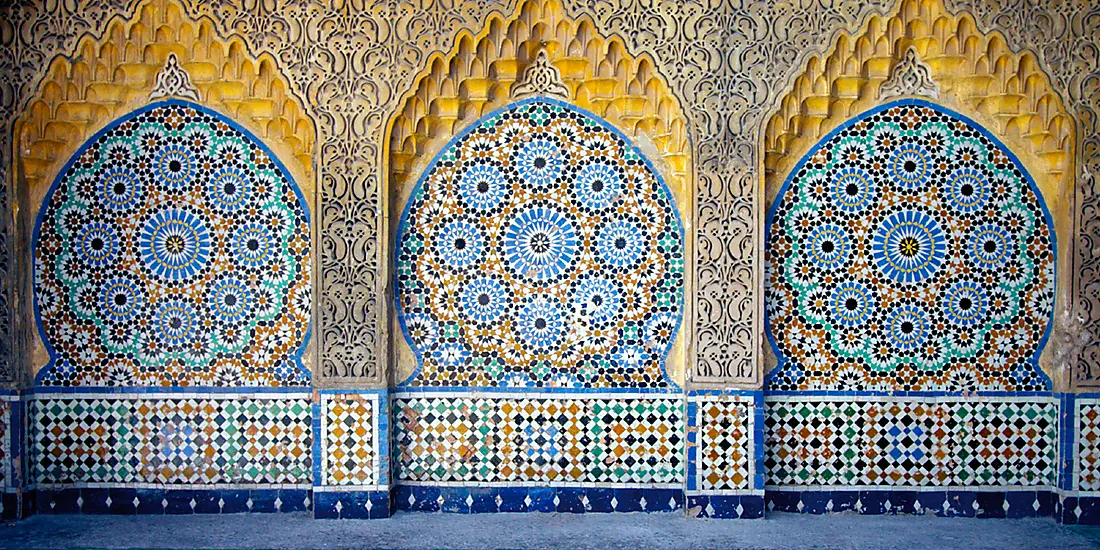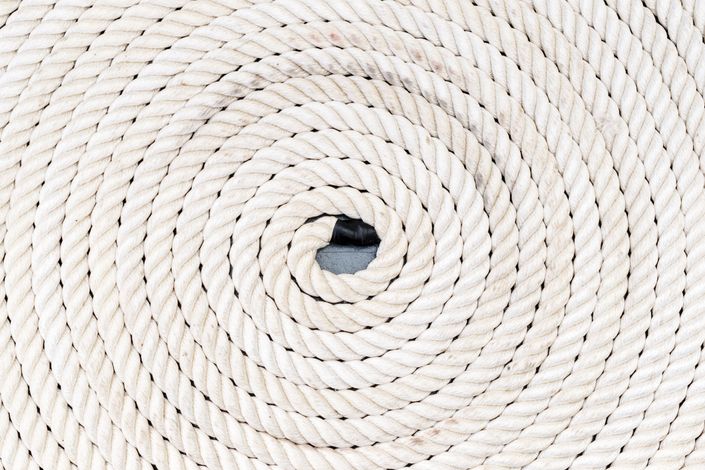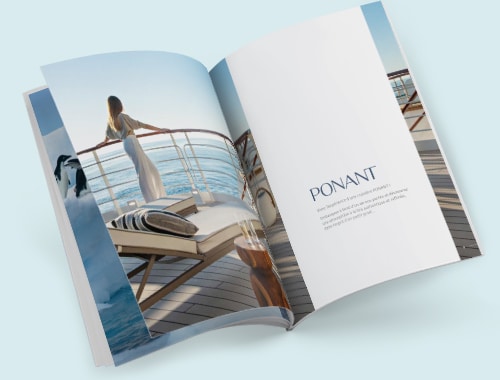Why tour the Atlantic coast?
We often think of them as stormy and inhospitable. Yet, to travel along the Atlantic coasts of Europe and Africa and be faced with the beauty and majesty of the scenery and destinations is to experience a compelling sense of peace and tranquillity. Here are three reasons to sail the Atlantic coast.
Read more
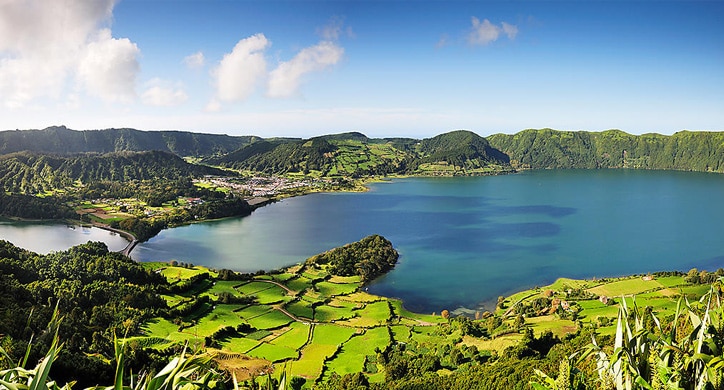
Essential Atlantic Coast
From Brittany to the Bissagos Islands, via the Spanish and Portuguese coasts, Madeira and the Azores, a cruise along the Atlantic coast of Europe and Africa is sure to provide interesting encounters and an opportunity to get acquainted with amazing cultures while you travel through a mosaic of contrasting landscapes. You're sure to have a fantastic time. Below is what we recommend you do in the Atlantic region.
Read more
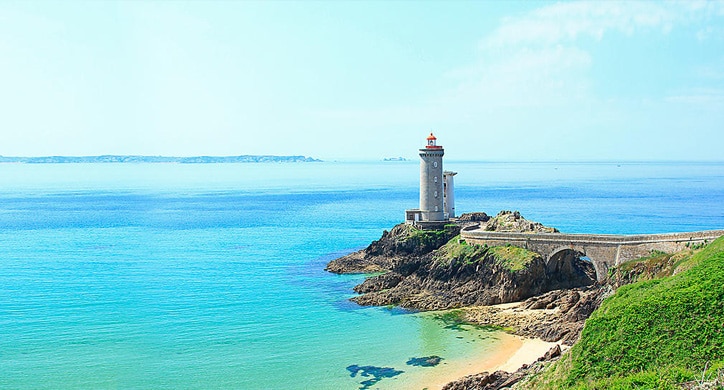
Explore Atlantic coast
Why tour the Atlantic coast?
We often think of them as stormy and inhospitable. Yet, to travel along the Atlantic coasts of Europe and Africa and be faced with the beauty and majesty of the scenery and destinations is to experience a compelling sense of peace and tranquillity. Here are three reasons to sail the Atlantic coast.
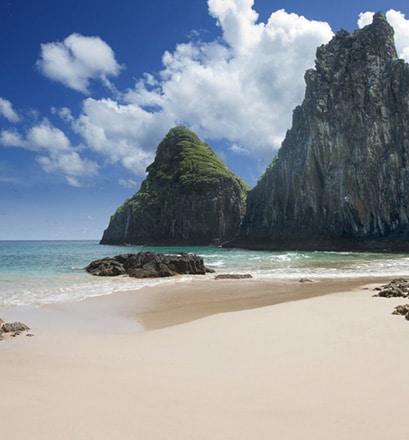
Off the beaten path
Whether on some of the 88 Bissagos Islands or those of Cape Verde; whether stopping off at one of Madeira's little isles or visiting one of the dots of land that make up the Azores, a cruise is the best way to visit the isolated Atlantic coastline. Arriving at these places from the water, they reveal their incredible riches and unspoilt authenticity.
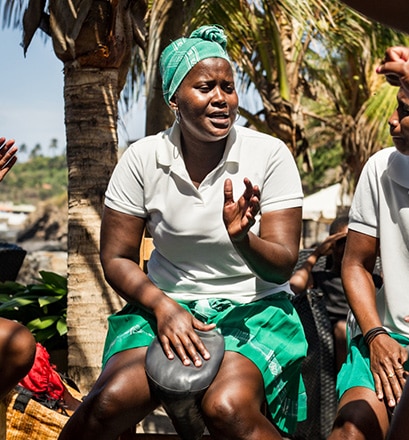
Discover a cultural melting pot
Like elsewhere, in the Atlantic region a variety of influences have created a real cultural melting pot. The influence of Africa and Portugal in Cape Verde and the Bissagos Islands can be seen in culinary traditions, animistic rites, and rhythms and songs.
Further north, the Azores and Madeira cultivate their sense of Portuguese belonging while standing out for their insularity and distance from the country. However, you do find that feeling of saudade (nostalgic longing), Portuguese architecture, and handicrafts reminiscent of the continent here. Azulejos decorate the walls and Manueline gothic, Renaissance and Baroque styles are found in the cathedrals and other historic landmarks.
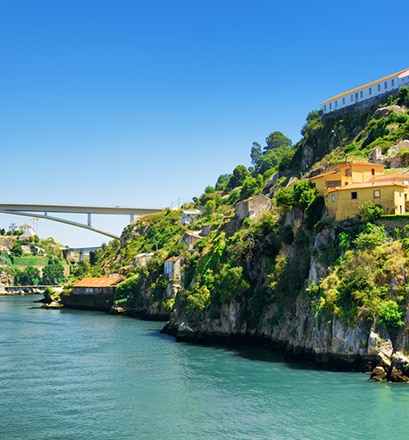
Enjoy magnificent scenery
Lava flows and fumeroles in the Azores, subtropical forest and black-sand beaches on Madeira, unspoilt nature and mangroves in the Bissagos Islands, vast expanses of sand and craggy terrain in Cape Verde, authentic city centres in Lisbon and Porto, picturesque islands off the coast of France... The climates in these places and the resulting natural surroundings are quite unlike each other. Landscapes carved by the wind, wild waters and different amounts of sun and rain create a surprising amount of diversity.
Essential Atlantic Coast
From Brittany to the Bissagos Islands, via the Spanish and Portuguese coasts, Madeira and the Azores, a cruise along the Atlantic coast of Europe and Africa is sure to provide interesting encounters and an opportunity to get acquainted with amazing cultures while you travel through a mosaic of contrasting landscapes. You're sure to have a fantastic time. Below is what we recommend you do in the Atlantic region.
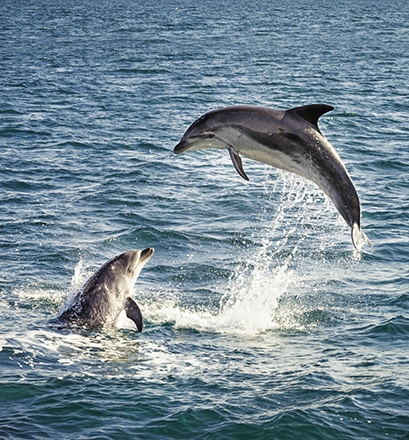
Watch whales and dolphins off Madeira
640 km from the Moroccan coast, Madeira is a piece of Portugal on its own in the Atlantic Ocean... It's also a paradise for lovers of marine animals. Climb aboard a semi-rigid speedboat for a wild ride. Short-finned pilot whales, common bottlenose dolphins, Atlantic spotted dolphins and short-beaked common dolphins are happy to swim alongside little boats that approach. Other animals including sea turtles, Risso's dolphins and beaked whales can also venture into these waters.
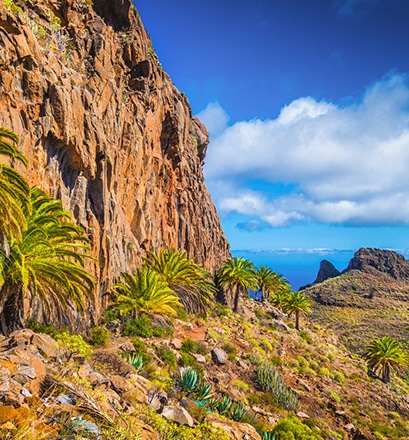
Travel back in time - Canaries
Outside Las Palmas, the El Guriete viewpoint offers a magnificent panorama over the surrounding mountains. You can see the caves used as homes, tombs and refuges by locals until the end of the 15th century. A museum and archaeological site explain how these local people lived off hunting, fishing and a little farming and display tools and other items found in situ. To continue this journey back in time, go to Santa Lucia to visit its last traditional oil mill and an old Temisas troglodyte house.
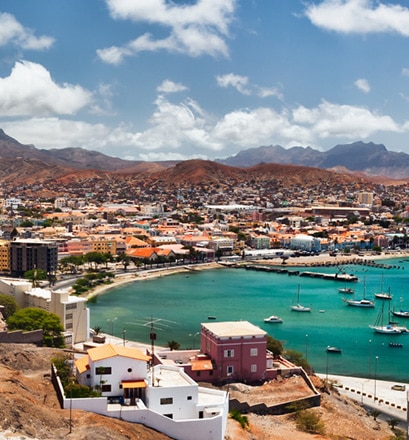
Take part in a Cape Verde cookery class
With its Portuguese and African influences, Cape Verde cuisine is rich in subtle flavour combinations. Fish, seafood, goat, pork and chicken go alongside tropical fruit and vegetables, and plenty of spices and a variety of aromatic herbs. They are served with maize, dry pulses, cassava and sweet potato. The goat's cheese and local wine are worth a special mention. Having prepared delicious dishes with a chef in Mindelo on São Vicente Island, all you need to do is enjoy the fruits of your labour!
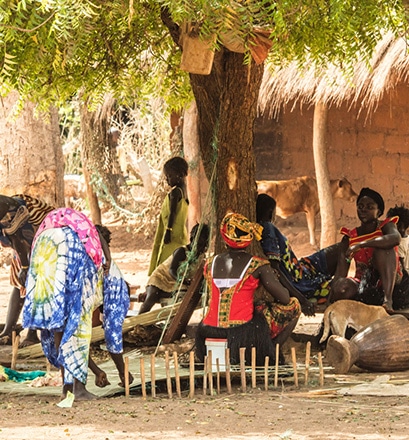
Meet the Bissagos people
Meeting this authentic people in the heart of the isolated Bissagos Islands is an unforgettable experience. The Bissagos have maintained age-old customs and rites structuring their society. These animist people live in complete harmony with nature, which meets all their food and medical needs. The islands harbour large amounts of rice, cashews, fruits and vegetables, fish, shellfish and game. They are also organised in an interesting way, with men not having a say except the village chief. Priestesses are the ones who make important decisions for the community and women enjoy a sense of freedom that many might envy.
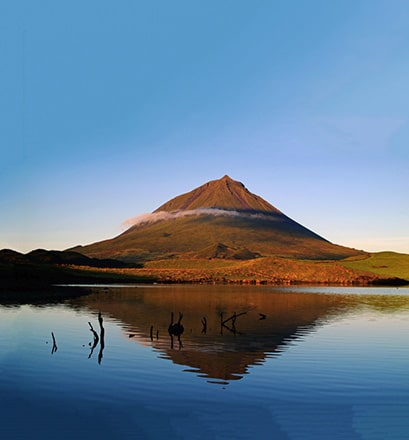
Recharge your batteries in the Azores
Anyone who enjoys hikes and landscapes shaped by seismic activity will like the Azores. Lajes do Pico boasts the highest peak in Portugal at 2351 metres. The many lava flows in the region have also made the island famous. On Faial, Cabeço Verde and the many volcanic cones and the Capelinhos volcano have carved out the landscape with flows and caves still visible. On São Miguel, the Furnas Valley is especially interesting with its fumaroles and hot-water springs.
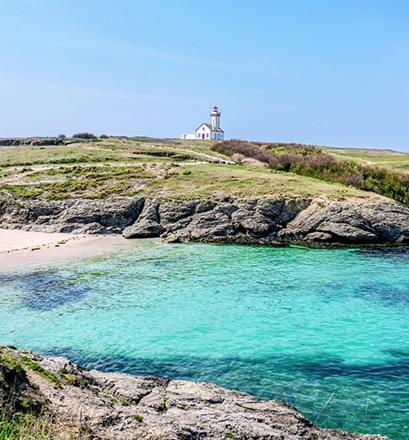
Visit Belle-Île-en-Mer, the icon of the Ponant Islands - France
From Pointe des Poulains to Kérel Beach, via Sarah Bernhardt Fort and Port-Donnant Beach, Belle-Île-en-Mer is certainly one of the most iconic Ponant Islands. Hikes along the wild coastline, picturesque hamlets and unspoilt coves have all contributed to its reputation. Unique must-sees on the island include the "Eden du Voyageur" garden with plants from all over the world, the Aiguilles de Port-Coton needles and Goulphar Lighthouse.
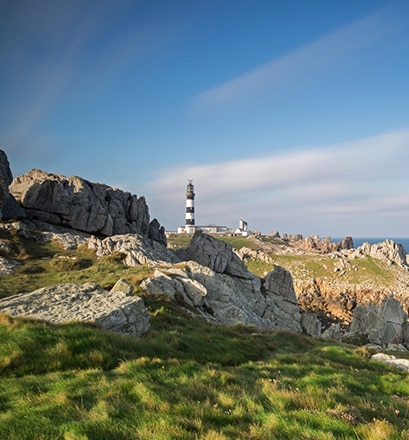
Explore Ouessant: the westernmost area of mainland France
We think of it being battered by the wind, its black and white striped lighthouse standing strong against the storm. Ouessant, the westernmost region in mainland France, certainly has a wild look with rocks shaped by the elements. However, it has been inhabited by man since Prehistoric times. Today, its "capital" Lampaul reflects the gentle way of life enjoyed by the population of under 900. The stone houses with coloured shutters, church and little fishing port attract visitors from all over the world each year.









